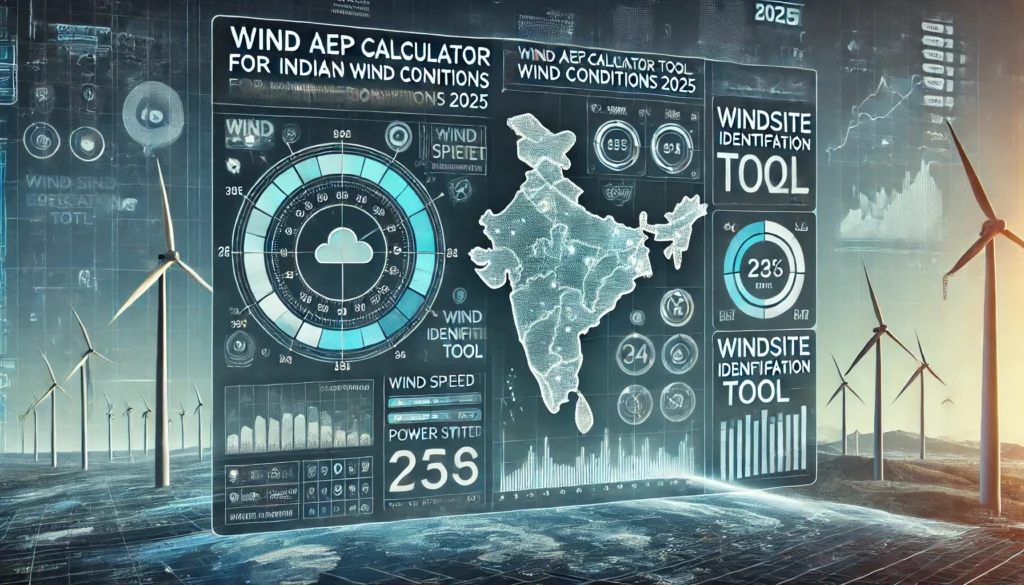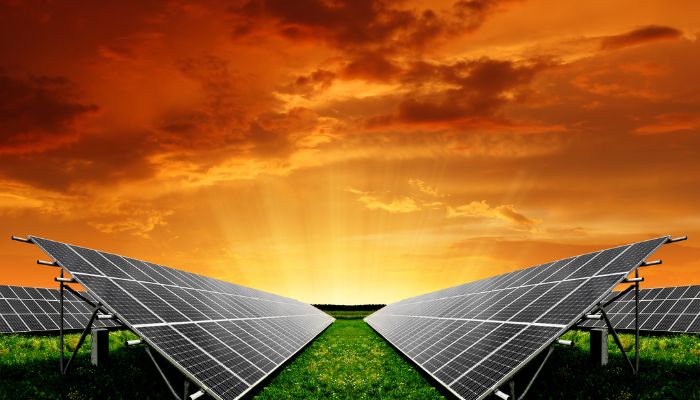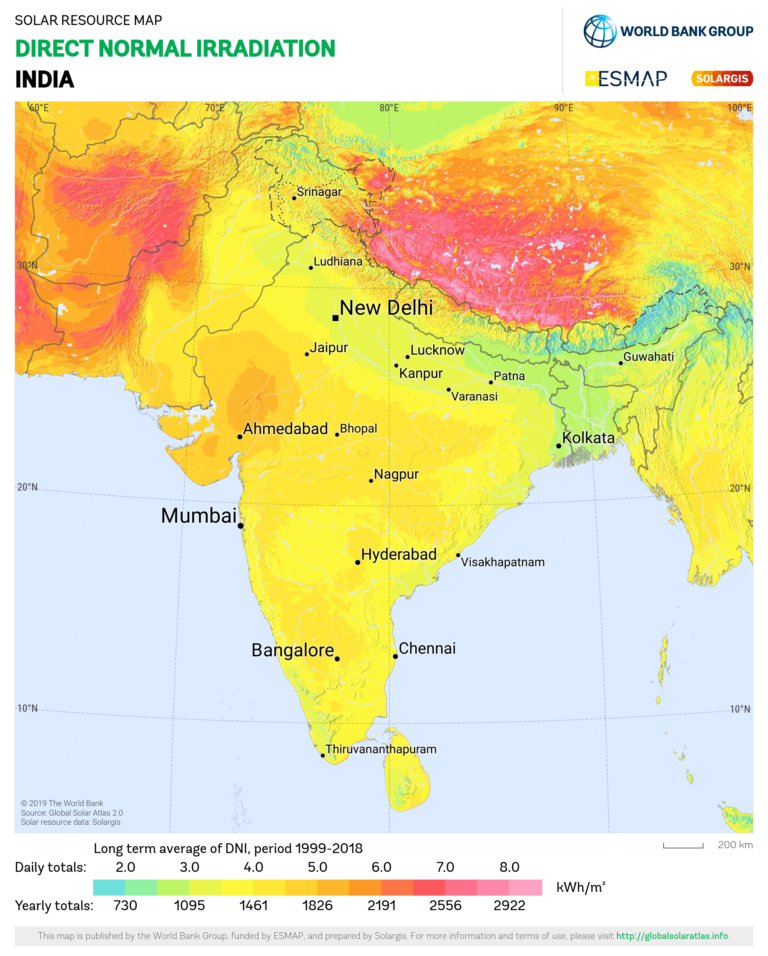
Shift to Green Electricity in INDIA Today!
It is cheaper & Cleaner than Your Current Electricity Bill
Why should you shift to Green Electricity today from Solar and Wind Power in India?
✅ Save on Energy Costs – Reduce your electricity bills with Wind and Solar Power for your factory and commercial establishments.
✅ Government of India Subsidies & Incentives– Renewable Electricity offers you exemptions in Cross-Subsidy Surcharges making it further cheaper than buying from Electricity Board.
✅ Sustainability Leadership – Meet your Net-Zero and ESG commitments with 100% green energy. Certificates.
✅ No Infrastructure Investment – Access green power without setting up your own generation unit. You can buy electricity with Zero Investments.
Want to know more? Reach us Today
Industries that can switch to Wind and Solar Power in India.
🏭 Manufacturing Units – Steel, Cement, Chemical, Food Processing
🏬 IT Parks & Commercial Spaces – Offices, Business Parks, SEZs
🏗️ Automobile & Ancillaries – EV Manufacturing, Auto Parts
🚢 Textile & Paper – Spinning Mills, Printing, Packaging
🏢 Corporate & Hospitality – Hotels, Hospitals, Malls
How Much Can Your Business Save?*

👉 Example: A factory consuming 10 lakh units per month can save ₹40 lakh to ₹50 lakh annually with
Green Energy Open Access. These are tentative numbers and will depend on Due-diligence.
Want to switch to Wind and Solar Power ? Reach us Now
How Can I Buy Green Electricity for my Factory / Commercial Unit?
- Captive Mode – Own a stake in a renewable plant and enjoy zero CSS.
- Group Captive Mode – Partner with others for cost-effective green power.
- Third-Party PPA – Buy renewable energy without any investment.
Mode of Electricity Purchase – Group Captive Solar: A Smart Choice for Industries
Group Captive Solar is a cost-effective solution for industries looking to reduce electricity expenses while ensuring energy sustainability. Through corporate solar power purchase, businesses can invest in a group captive power plant, enabling them to access clean energy at lower costs. This model, aligned with group captive renewable energy policies, allows multiple consumers to collectively own and procure solar power under open access solar energy regulations. Ideal for factories and large enterprises, solar power for industries ensures long-term tariff stability while meeting renewable energy mandates. With rising energy costs, group captive solar is an attractive and future-proof solution.
What is Captive, Group Captive & Third Party in Green Energy Open Access?
Group Captive Solar Power Plant: A Cost-Effective Green Energy Solution
A Group Captive Solar Power Plant is a strategic energy model where multiple commercial and industrial consumers collectively own at least 26% equity in a solar power plant and consume 51% of the generated electricity. This arrangement allows businesses to reduce power costs, enjoy tariff exemptions on cross-subsidy and additional surcharges, and meet sustainability goals.
By investing in a Group Captive Solar Power Plant, industries can secure long-term energy savings, improve energy security, and gain carbon footprint reduction benefits. Unlike open access models, this structure ensures greater control over power procurement, shielding businesses from fluctuating electricity prices.
With rising power tariffs and stricter carbon regulations, Group Captive Solar is an ideal choice for manufacturing units, IT parks, and large commercial establishments. It fosters a win-win scenario, ensuring both financial savings and environmental responsibility.
Structure of Group Captive Open Access Electricity Sale in India
Why Choose Green Energy Open Access?
✅ Lower Electricity Costs – Reduce power expenses by purchasing renewable energy at competitive rates.
✅ Sustainability & Compliance – Meet corporate ESG goals and renewable energy mandates.
✅ Energy Independence – Avoid price fluctuations and supply constraints from DISCOMs.
✅ Flexible Procurement – Choose industrial green power procurement with long-term or short-term agreements.
✅ Future-Proof Your Business – Stay ahead with a corporate clean energy transition strategy.
How does Green Energy Open Access Work?
1️⃣ Assess Energy Needs – Determine your business’s power consumption and requirements.
2️⃣ Choose an Open Access Model – Select between captive, group captive, or third-party purchase.
3️⃣ Sign a Power Purchase Agreement (PPA) – Secure a long-term or short-term deal with renewable energy providers.
4️⃣ Start Receiving Green Energy – Power your business with clean electricity and optimize operational costs.
Electricity Banking in Wind and Solar Power
Electricity banking is a mechanism that allows renewable energy generators, particularly wind and solar power producers, to “deposit” excess electricity into the grid and “withdraw” it when needed. This system is crucial for managing the intermittent nature of renewable energy sources.
In states with electricity banking policies, surplus power generated by a wind or solar plant during high-production periods (such as daytime for solar and windy seasons for wind) is fed into the grid. The producer receives credit for this electricity, which can be used later when their generation is low. This helps maintain a steady power supply and enhances grid reliability.
The banking period and settlement mechanisms vary by state in India. Some states allow monthly banking, while others offer annual banking with certain charges. However, banking policies are evolving, with many states introducing withdrawal restrictions and higher banking fees to reduce the financial burden on DISCOMs.
Electricity banking benefits industries and commercial consumers by reducing dependency on fossil-fuel-based power and lowering electricity costs. However, regulatory uncertainties and changing policies remain challenges. As India pushes for higher renewable energy adoption, a well-structured electricity banking framework is essential for integrating wind and solar power efficiently into the grid.
Open Access of Electricity in India: A Game-Changer for Consumers
Open Access (OA) in electricity allows large consumers to buy power from suppliers other than the local distribution company (DISCOM), giving them the flexibility to choose cost-effective and renewable energy sources. It promotes competition in the electricity market, reduces dependence on expensive grid power, and enables industries to access cleaner energy.
Types of Open Access
- Short-Term Open Access (STOA): Access for up to one month, typically used by industries looking for short-term power procurement.
- Medium-Term Open Access (MTOA): Access for 3 months to 3 years, suitable for businesses wanting price stability.
- Long-Term Open Access (LTOA): Access for more than 7 years, ideal for large-scale renewable power procurement.
Reduce Costs. Go Green. Gain Energy Independence.
At Renewable Nation, we empower industries across India to transition seamlessly to Green Energy Open Access (GEOA). Whether you’re looking for a Captive, Group Captive, or Third-Party renewable energy solution, our expert consultants help you navigate the complexities, maximize savings, and achieve sustainability goals.
How Can We Help you in Your Green Energy Switch?

🔹 Feasibility Assessment – We analyze your energy needs and identify the best green energy model for you.
🔹 Regulatory & Compliance Support – We handle approvals, DISCOM coordination, and government policies.
🔹 Power Purchase Agreements (PPAs) – We negotiate and optimize long-term contracts for cost efficiency.
🔹 Project Development Support – For Captive/Group Captive users, we assist in plant setup and equity structuring.
🔹 End-to-End Execution – From policy advisory to final power delivery, we ensure a hassle-free transition
Government Policies & Incentives for GEOA
The Indian government encourages industries to shift to renewable energy through:
🔹 Exemptions on Cross-Subsidy Surcharge (CSS) – Available for Captive & Group Captive consumers.
🔹 Waiver on Transmission & Wheeling Charges – For renewable energy projects under certain conditions.
🔹 Renewable Energy Certificates (RECs) – Allows companies to trade green energy credits.
🔹 Net Metering & Banking Benefits – Store excess power and use it when needed.
📌 We help you unlock all available government incentives for maximum savings!
Success Stories: How We’ve Helped Businesses Save Big
🏭 Case Study: Manufacturing Industry
📍 Location: Gujarat | ⚡ Energy Consumption: 5 MW | 💰 Savings: ₹2.5 Crore/Year
✅ Switched to a Captive Solar Power Plant, eliminating Cross-Subsidy Surcharge.
✅ Achieved 48% cost reduction and 100% renewable energy compliance.
🏬 Case Study: IT Park in Bangalore
📍 Location: Karnataka | ⚡ Energy Consumption: 3 MW | 💰 Savings: ₹1.8 Crore/Year
✅ Opted for a Group Captive Wind Power Project with other businesses.
✅ Locked fixed power costs for 15 years, ensuring long-term savings.
Let’s Build a Greener Future Together!
✅ Zero Upfront Cost for Third-Party PPA
✅ Maximum Savings with Captive & Group Captive
✅ Expert Guidance at Every Step
Know How Much Money You can save with Wind and Solar Power | Reach us Today!
FAQs on Reducing Electricity Bills in Heavy Industries
1. How to reduce electricity bills in heavy industries?
Optimize energy use, implement efficiency measures, use renewable energy, and adopt demand-side management strategies.
2. What are energy efficiency solutions for manufacturing plants?
Upgrade to energy-efficient machinery, optimize processes, and integrate smart monitoring systems.
3. What are the best power-saving strategies for industrial units?
Use energy audits, LED lighting, VFDs, and load management to reduce power wastage.
4. How do industrial energy audits help in cost reduction?
They identify inefficiencies, suggest optimizations, and recommend cost-saving measures.
5. What is demand-side management for factories?
It involves controlling power consumption to reduce peak demand and lower electricity costs.
6. How to lower electricity costs in large industries?
Use renewable energy, optimize load distribution, and apply power factor correction.
7. What is peak load management for industrial consumers?
Shifting non-essential loads to off-peak hours to avoid high tariffs and reduce demand charges.
8. What are energy-efficient equipment options for manufacturing?
VFDs, LED lighting, high-efficiency motors, and smart energy meters.
9. Are there government incentives for industrial energy efficiency?
Yes, subsidies, tax benefits, and incentives exist for industries adopting energy-efficient solutions.
10. How does power factor correction reduce electricity costs?
It improves power efficiency, reduces penalties, and enhances overall electrical system performance.
11. What are the best solar power options for heavy industries?
Heavy industries can opt for rooftop solar, ground-mounted solar, group captive solar, or open access solar power.
12. How does wind energy benefit large manufacturing plants?
Wind energy offers cost savings, stable pricing, and sustainability benefits for industries with high power consumption.
13. What is group captive solar power for industries?
It allows industries to jointly invest in a solar plant and use its power at reduced tariffs.
14. How does open access renewable energy benefit industrial consumers?
It enables industries to buy renewable power from third-party sources at lower costs than grid electricity.
15. Which is better for manufacturing units: solar or wind power?
Solar is ideal for daytime operations, while wind provides consistent power, especially in high-wind areas.
16. How can industries switch from grid electricity to solar power?
By installing captive solar plants, opting for open access, or joining group captive solar projects.
17. What are the cost benefits of solar and wind energy for industries?
They offer lower tariffs, long-term savings, tax benefits, and reduced dependency on expensive grid power.
18. What government policies support industrial renewable energy adoption?
Policies like Renewable Energy Certificates (RECs), net metering, and open access incentives support industries.
19. Which are the top renewable energy companies for large consumers?
Companies like ReNew Power, Tata Power Renewable Energy, Azure Power, and Greenko lead the sector.
20. How to set up captive solar or wind power for factories?
Industries can develop their own plants, partner in group captive models, or procure via open access.



